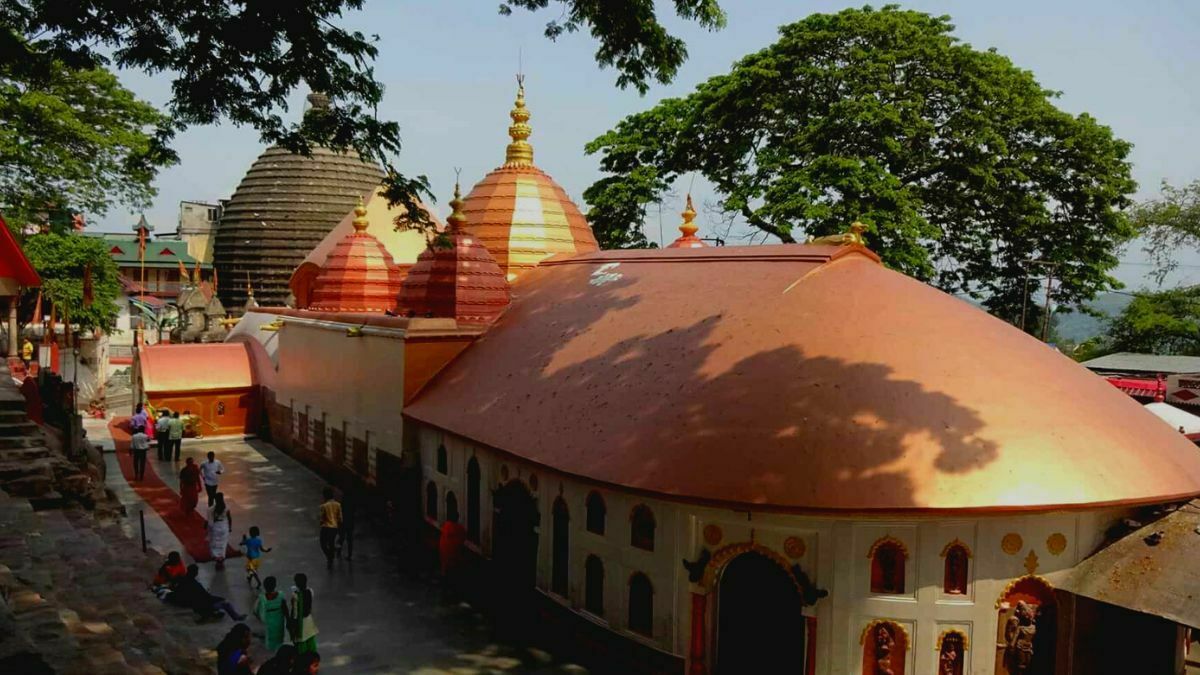Kamakhya Temple: History, Significance, and Spirituality
The Kamakhya Temple is a sacred shrine located in the city of Guwahati, in the northeastern state of Assam, India. The temple is dedicated to the Hindu goddess Kamakhya, who is believed to be the incarnation of the mother goddess Shakti. The temple is one of the most important pilgrimage destinations in India and attracts thousands of devotees every year. In this blog post, we will explore the history, significance, and rituals of the Kamakhya Temple.
History of Kamakhya Temple
The Kamakhya Temple is believed to have been built in the 8th century AD by the Kamarupa kings. The temple was destroyed and rebuilt several times during the medieval period, and the current structure was built in the 17th century by the Ahom kings. The temple is located on the Nilachal Hill, which is one of the seven hills that surround Guwahati.
The Kamakhya Temple is also associated with the legend of Sati, the wife of Lord Shiva. According to the legend, Sati immolated herself in protest against her father’s humiliation of her husband. Lord Shiva became so angry that he carried Sati’s body and started dancing the Tandava. To prevent the destruction of the world, Lord Vishnu used his Sudarshan Chakra to cut Sati’s body into 51 pieces, which fell to earth at different places. The Kamakhya Temple is believed to be the place where Sati’s yoni (female reproductive organ) fell, and hence the temple is also known as the “Yoni Peetha.”
Significance of Kamakhya Temple
The Kamakhya Temple is one of the most important Shakti Peethas in India. According to Hindu mythology, Shakti Peethas are the places where the body parts of the goddess Sati fell. The Kamakhya Temple is one of the 51 Shakti Peethas and is considered to be the most important among them.
The temple is also associated with the Tantric cult of Hinduism. Tantrism is a form of Hinduism that emphasizes the worship of Shakti or the divine feminine. The Kamakhya Temple is considered to be the most important center of Tantrism and attracts many Tantric devotees from all over India.
Rituals at Kamakhya Temple
The Kamakhya Temple is open to devotees from early morning until late in the evening. The temple is closed during the Ambubachi Mela, which is a four-day festival that takes place in the month of June or July. The festival celebrates the annual menstruation of the goddess Kamakhya, and the temple remains closed during this period.
Devotees who visit the Kamakhya Temple usually offer flowers, sweets, and other offerings to the goddess. The temple also has a holy water tank, which is believed to have healing powers. Devotees take a dip in the holy water tank to purify themselves and seek blessings from the goddess.
The temple also has a unique tradition of animal sacrifice. The sacrifice of animals, particularly goats, is an integral part of the worship rituals at the temple. The sacrifice is believed to please the goddess and bring good luck to the devotees. However, animal sacrifice at the temple has been a subject of controversy, and many animal rights activists have called for the practice to be banned.
Conclusion
The Kamakhya Temple is a symbol of the rich cultural and religious heritage of Assam and India. The temple is not only a place of worship but also a center of spiritual and cultural learning. The temple attracts visitors from all over India and the world, who come to seek blessings from the goddess Kamakhya and experience the spiritual aura of the temple. The Kamakhya Temple is not just a religious site, but also a place of historical, cultural, and architectural significance. It is a must-visit destination for anyone who wants to explore the rich cultural heritage of India.
Visitors to the Kamakhya Temple can also explore the nearby attractions, such as the Umananda Temple, which is located on a river island in the Brahmaputra River. The island can be reached by ferry from the Kachari Ghat in Guwahati. The Peacock Island, which is also located in the Brahmaputra River, is another popular tourist destination. The island is home to many species of birds and is a popular spot for bird watching.
In conclusion, the Kamakhya Temple is an important cultural and religious landmark in India. It is a place of great historical and spiritual significance, and a must-visit destination for anyone interested in exploring the rich cultural heritage of India. The temple’s unique traditions and rituals make it a unique and fascinating destination for visitors, and its rich history and architecture make it a valuable contribution to India’s cultural landscape.


Leave a Reply
You must be logged in to post a comment.